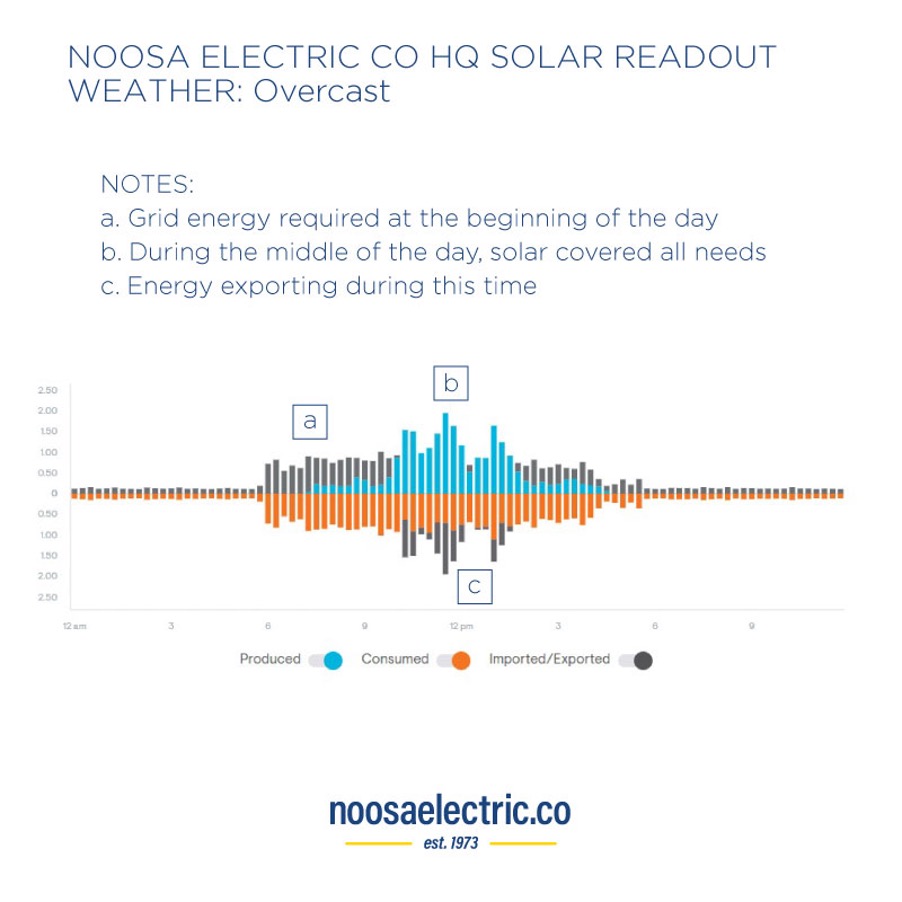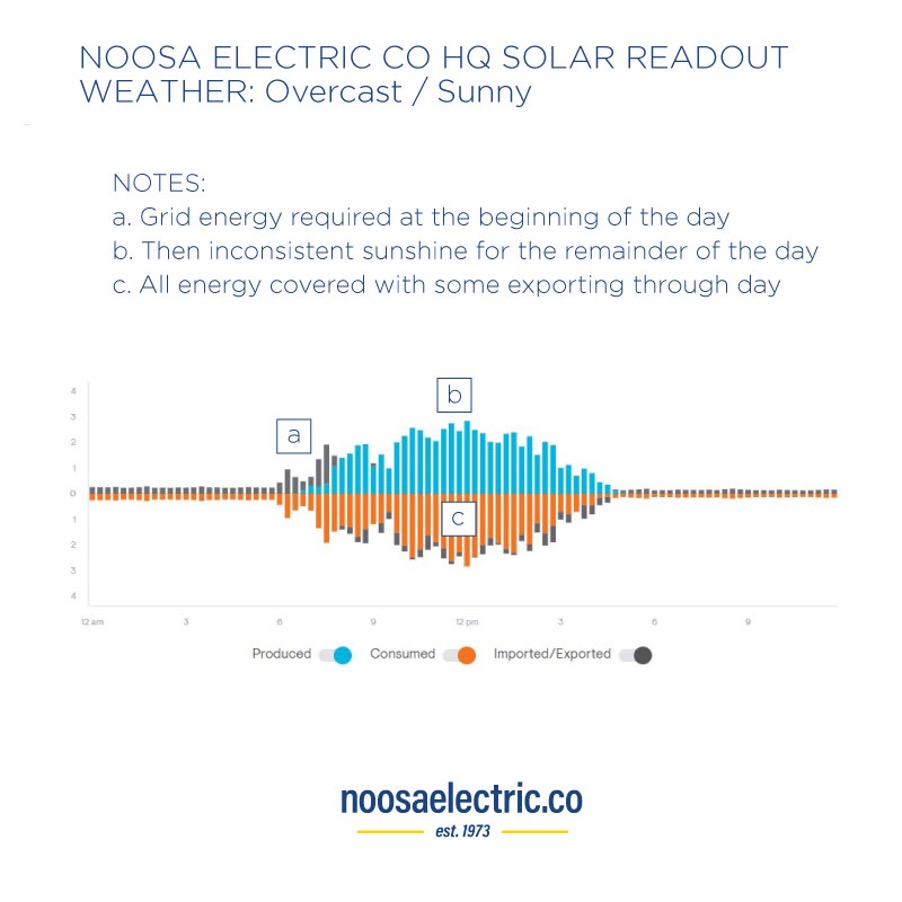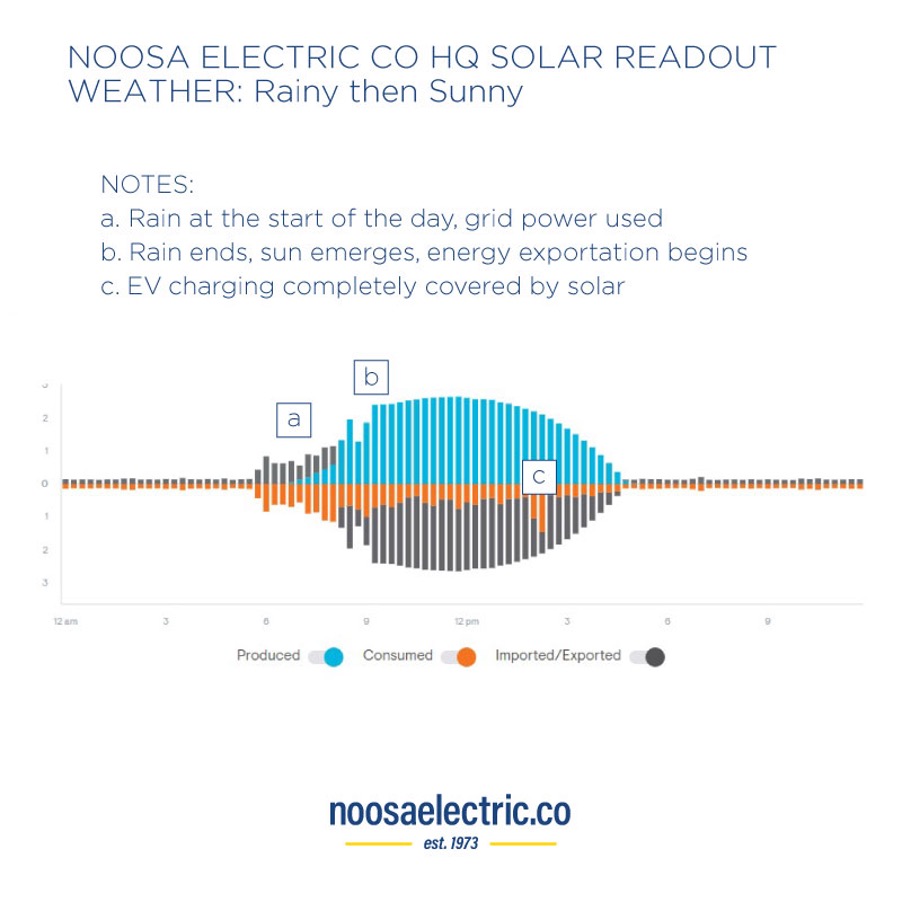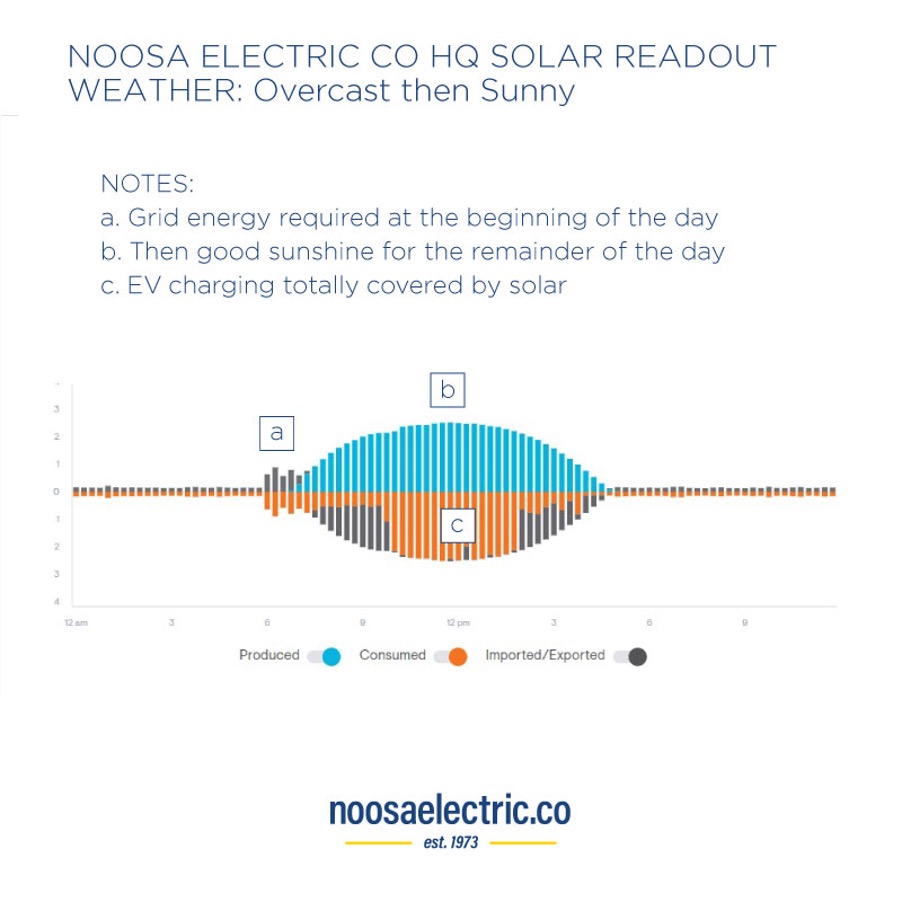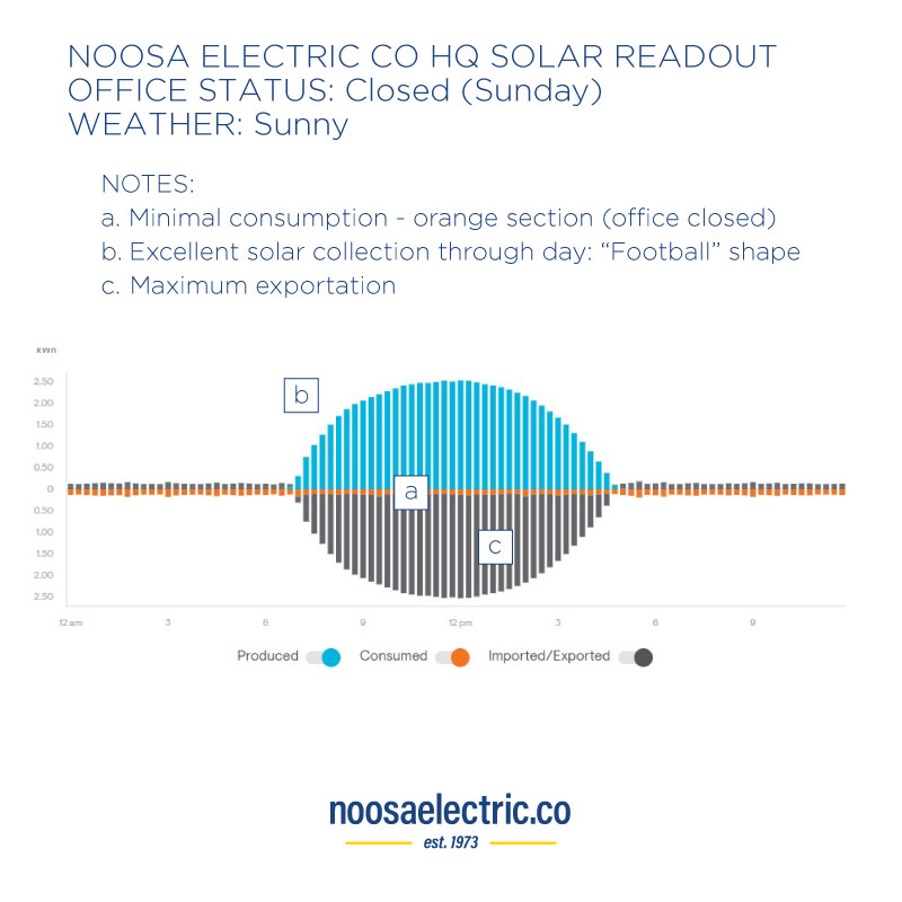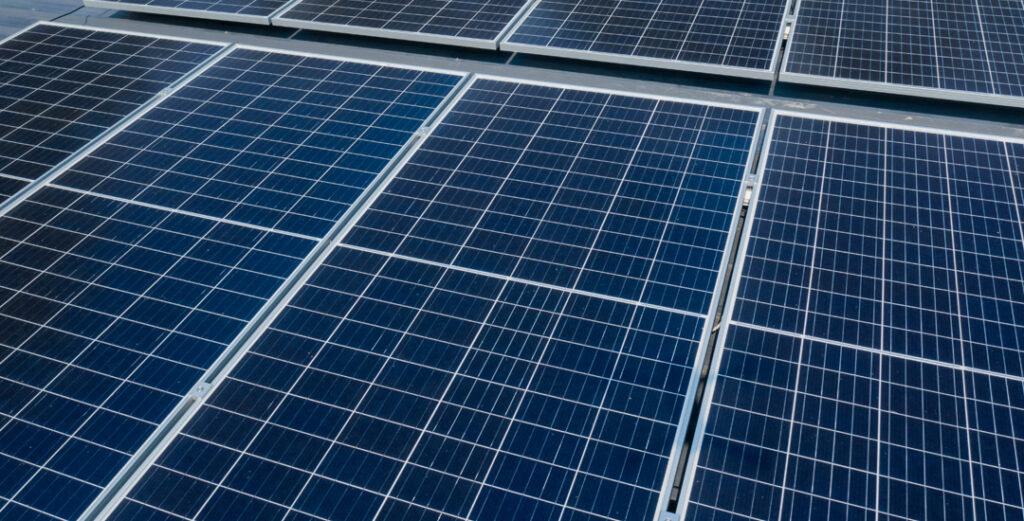HOME BATTERY SUBSIDY
Interested in learning more about the home battery subsidy? We’re ready to support homes in our area of operations. Learn more about the subsidy here.
To be ‘energy independent’ refers to the situation whereby a home is no longer reliant on an external power source, such as a power company, for its electricity. An energy independent home produces, stores and consumes its own energy, creating a variety of benefits for home owners as well as the wider community.
In this article we take a look at energy independence for homes in Australia; what it is, where it has come from, and how to approach and achieve it.
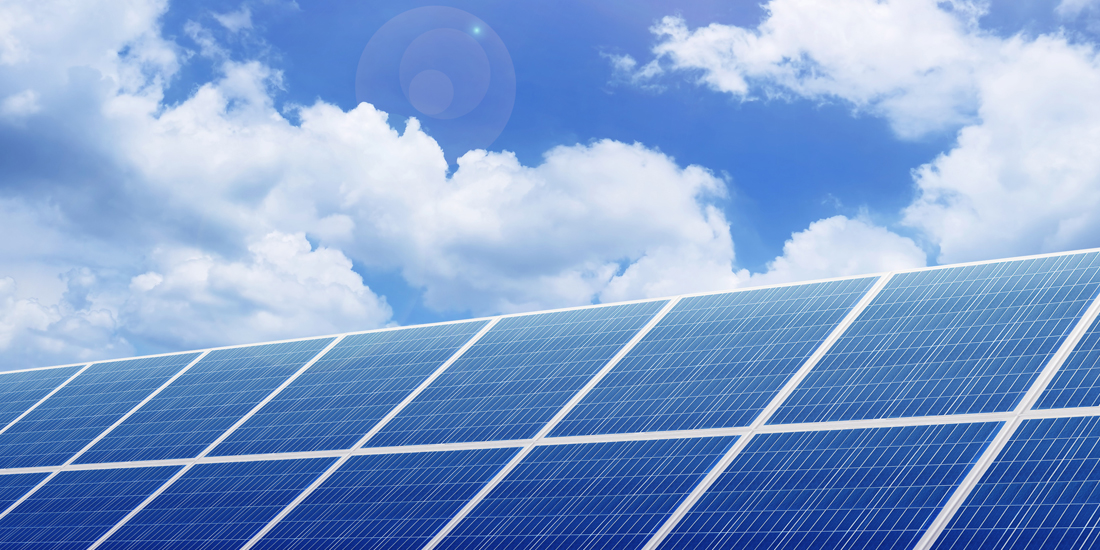
Energy Independence Essentials
To become completely ‘energy independent’, a home requires an independent supply of power (such as solar power) and a means to store collected electricity (a battery).
Energy Independence Vs Electrification
Energy Independence and Electrification are sometimes used interchangeably, but they are different terms. Electrification refers to the process of using electrical appliances, machines and transportation that are powered by clean, renewable energy.
Energy independence, meanwhile, means not having to rely on anyone for energy, because you can collect and store your own. Energy independence is a state, whereas electrification is a process. These terms are often used together, because Energy Independence and Electrification overlap in many ways.
Energy Independence Technology
The technology used to create energy independence is evolving at a rapid pace, making it increasingly more accessible, more efficient and safer for everyday homeowners. This technology includes solar cells and inverters, energy management hardware and software, battery storage, EVs and EV charging capability. The advances of this technology are driven by parallel technology research and development, particularly in electric vehicle design.
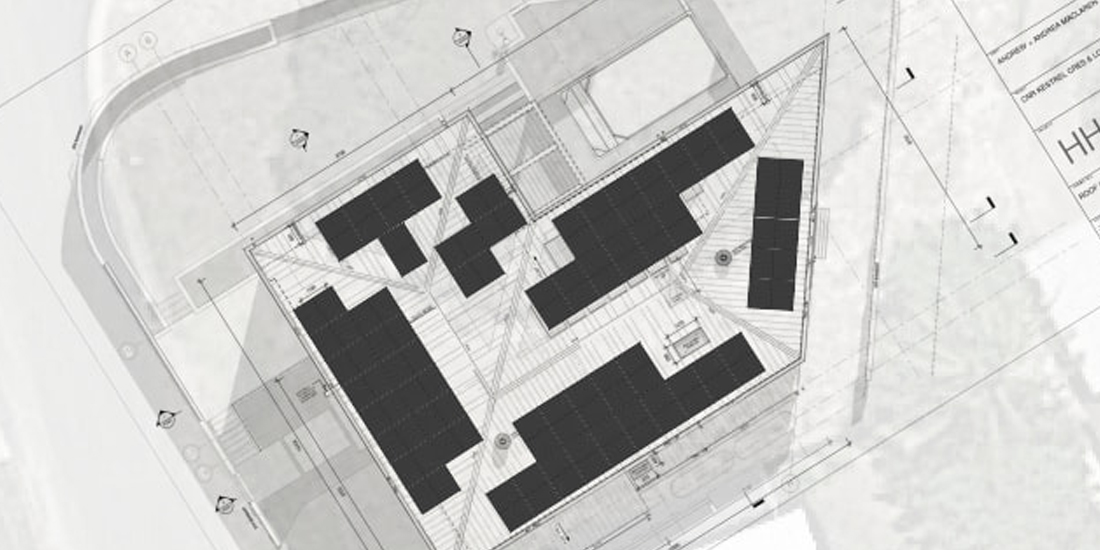
Benefits of Energy Independence
Energy independence has benefits for the home as well as the wider community:
Benefits for the Home
- No longer reliant on fossil-fuelled power
- Free from energy price swings
- Detailed awareness of carbon footprint
- Cleaner internal air (no gas / combustion)
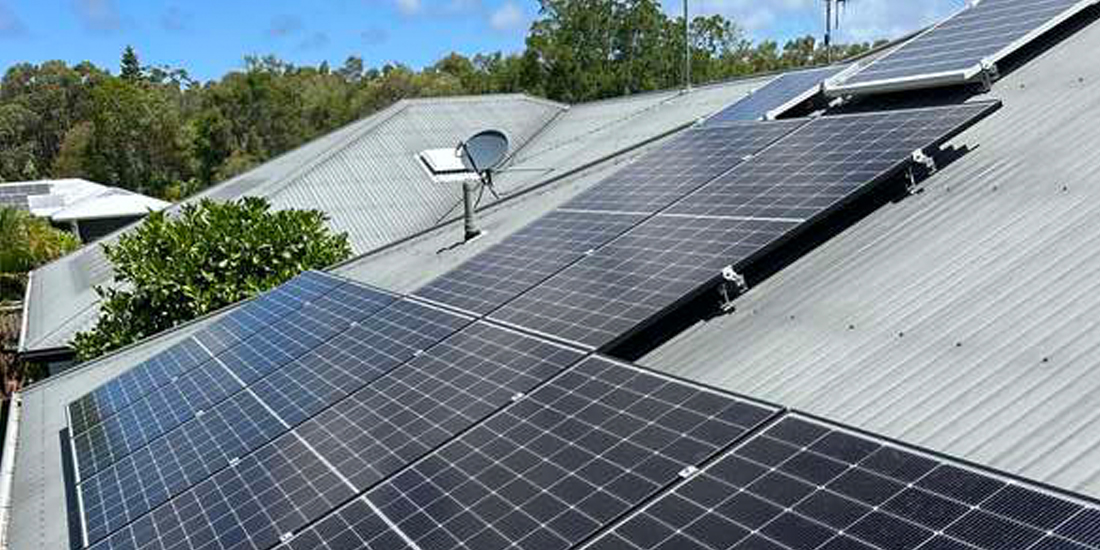
Benefits for the Community
The ability of Australia to achieve its goals of net zero emissions requires an ever-increasing uptake of Electrification and Energy Independence in coming years. Without having to rely on fossil-fuelled power for energy needs, energy-independent homes (and businesses) will help contribute to less emissions and a reduced carbon footprint.
Learn More About Energy Independence
If you’re interested in learning more about energy independence, please contact our team. We service Noosa and surrounding suburbs.

